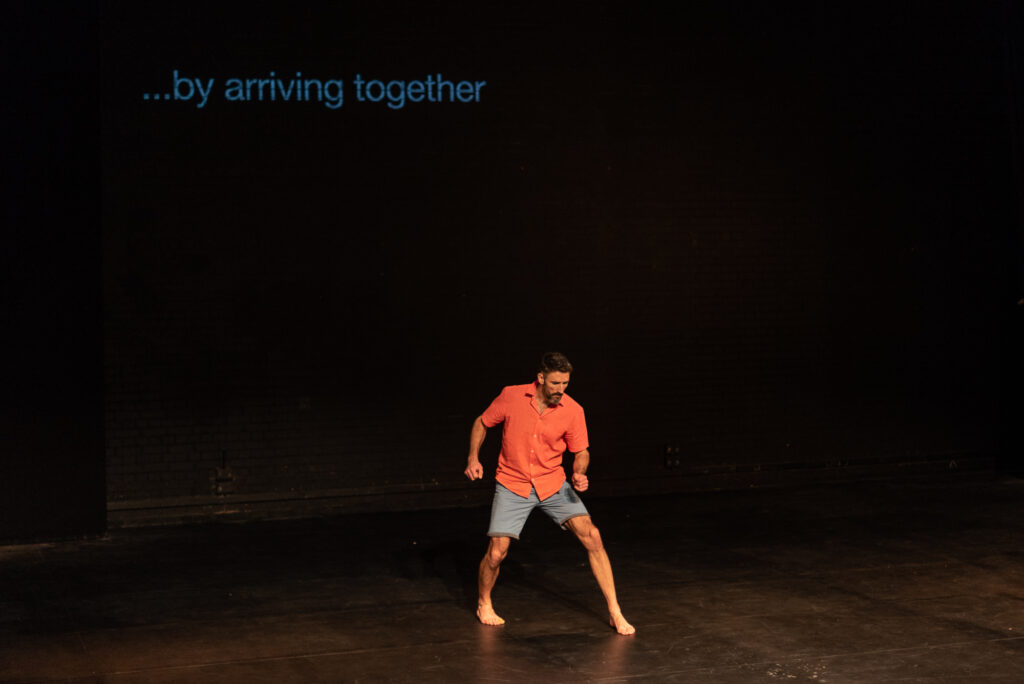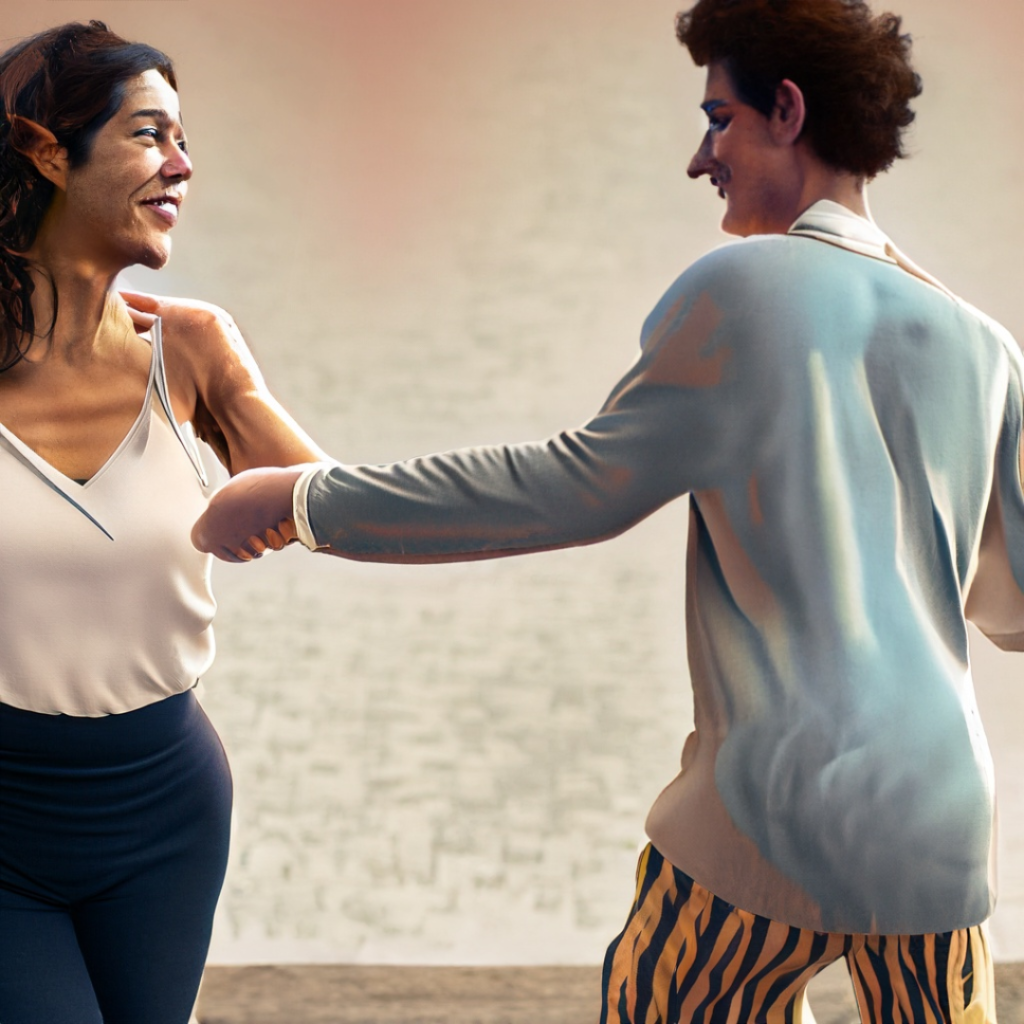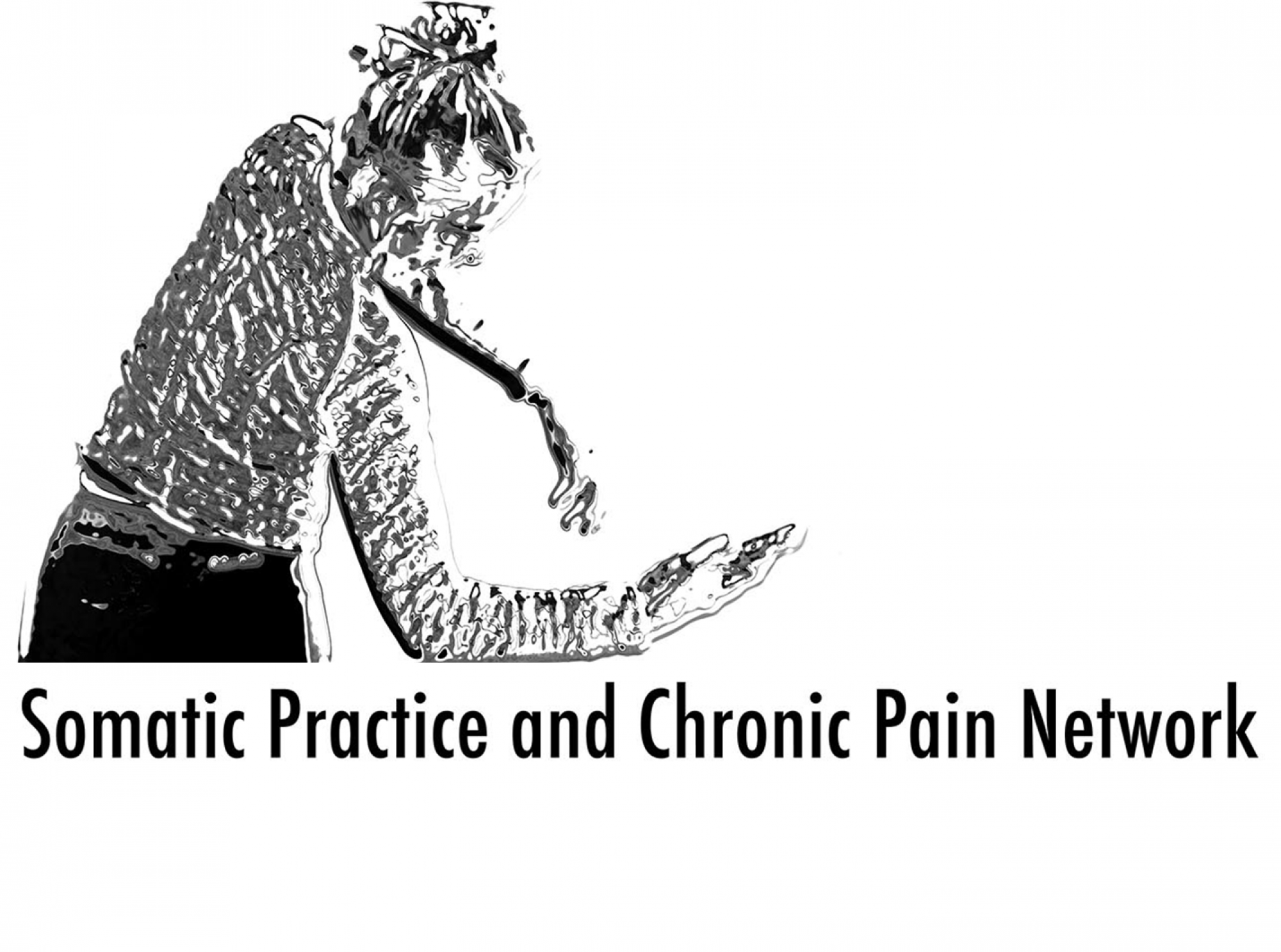The Somatic Practice and Chronic Pain Network has a series of blog items called “Meet our Board” where we will share various items introducing members of the newly formed Board. The Network is keen to build a space that is respectful, safe, inclusive and active.
For the fifth post in the series, we have Ian Tennant, who has over 20 years’ experience working in the field of human and environmental health. He runs a clinic offering manual therapy, health mentoring and group sessions for body awareness and movement. He also works as a lecturer in Biomedical Science at Anglia Ruskin University (ARU). In this blog post, he shares his thoughts on communication, therapeutic alliance and pain.

Image: Ian Tennant
Communication and Pain
I often struggle to explain to other people exactly how my body feels from one moment to the next, let alone understand the reasons behind those feelings. So, it’s no surprise to me that people living with persistent pain experience barriers preventing their conditions from being understood. The film composer, John Powel once said, “Communication works for those who work at it.” As a member of the Somatic Practice and Chronic Pain Network (SPCPN), I am driven by the aim of finding better ways for patients, practitioners, and researchers to realise and their therapeutic ambitions through improved communication.
The core aims of the SPCPN include interdisciplinary collaboration and international engagement. For me, encouraging this type of crosstalk is the perfect starting point for getting clearer about what principles are shared across different therapeutic approaches. Even experts working within similar fields face challenges in defining terms such as somatic, emotions, movement, and even pain. Our network consists of people using Digital Technologies, Dance, Physical Performance, and Healthcare narratives to better understand and live with persistent pain. It takes time and patience to carefully listen to each other’s perspectives and, hopefully develop a deeper understanding of somatic practice in relation to a person’s experience.
Therapeutic Alliance and Pain
I hope that modern neuroscientific models will help us to appreciate the throughline between a variety of somatic practices and how they can support chronic pain. One promising model called the Active Inference Framework is a way to understand how our bodies work. It suggests that our nervous system is like smart computer that tries to predict what will happen next. When things don’t match our predictions, we must register the difference as a kind of error, which it them aims to correct. Pain can be viewed as an alarm signal that is warning us of a potential threat. It exists to protect us. However, when pain persists the alarm signal in sounding in a way that is not helpful and we are not necessarily at risk of more threat. The question becomes how can we recalibrate the alarm so that it becomes more helpful again?
Collaborating with researchers in Italy, we are exploring the impact of successful therapeutic approaches through the framework of Active Inference to reduce pain through minimising prediction errors. One aspect we are particularly interested in is therapeutic alliance, touch and synchrony with patients. It’s early days, but I hope we’ll find out if the processes operating could be harnessed to help therapeutically in lots of settings.
As I reflect on this work and on the relationships in my life outside of work, I notice that the quality of communication goes hand in hand with the quality of the relationships. As we strive to uncover a deeper understanding of each other and our ‘practices’ we can improve wellbeing along the way.

Image credit: Adobe Firefly
You can join Ian for a 15 minute ‘movement snack‘ on 13th July 2023 at 11.30am.
